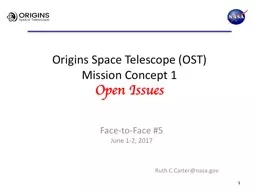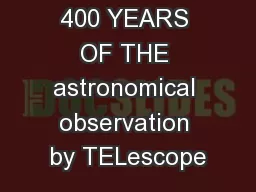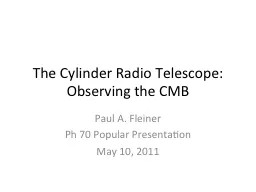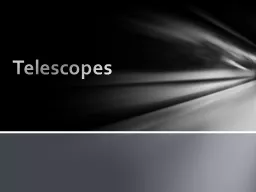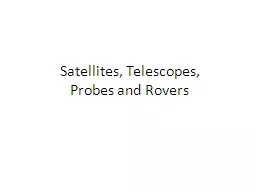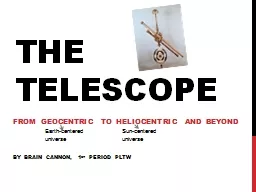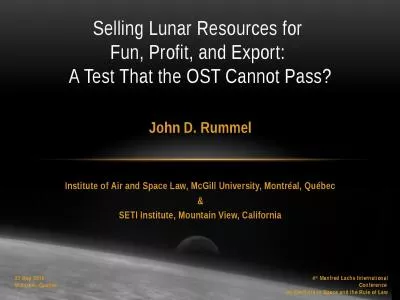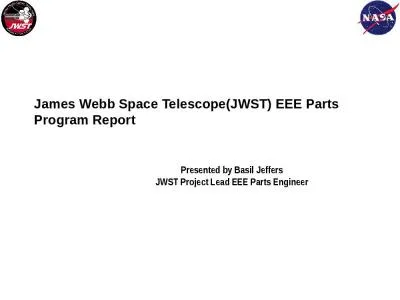PPT-Origins Space Telescope (OST)
Author : myesha-ticknor | Published Date : 2018-10-27
Mission Concept 1 Open Issues FacetoFace 5 June 12 2017 RuthCCarternasagov 1 1 Concept 1 Design StatusIssues Concept 1 mass is 2 000 kg over the launch vehicle
Presentation Embed Code
Download Presentation
Download Presentation The PPT/PDF document "Origins Space Telescope (OST)" is the property of its rightful owner. Permission is granted to download and print the materials on this website for personal, non-commercial use only, and to display it on your personal computer provided you do not modify the materials and that you retain all copyright notices contained in the materials. By downloading content from our website, you accept the terms of this agreement.
Origins Space Telescope (OST): Transcript
Download Rules Of Document
"Origins Space Telescope (OST)"The content belongs to its owner. You may download and print it for personal use, without modification, and keep all copyright notices. By downloading, you agree to these terms.
Related Documents

